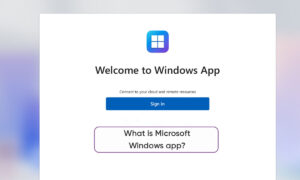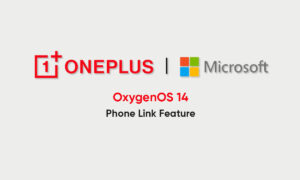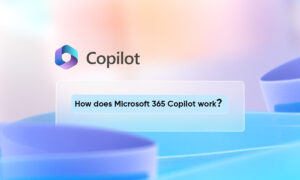Windows 10 security updates and other important cumulative updates are usually released on the same day, most of these updates can not be installed or rejected separately unless you are using the Microsoft Update Catalog or other Advanced tools, like WSUS for business, etc.
In addition to these cumulative updates and security updates, Microsoft also provides separate service stack updates for Windows 10 to fix potential problems in Windows Update components.
The servicing stack update gives fixes for the servicing stack, including the “component-based servicing stack’ (CBS), and several important basic components of Windows deployment, such as DISM, SFC, and changes to Windows functions Or roles and repair components.
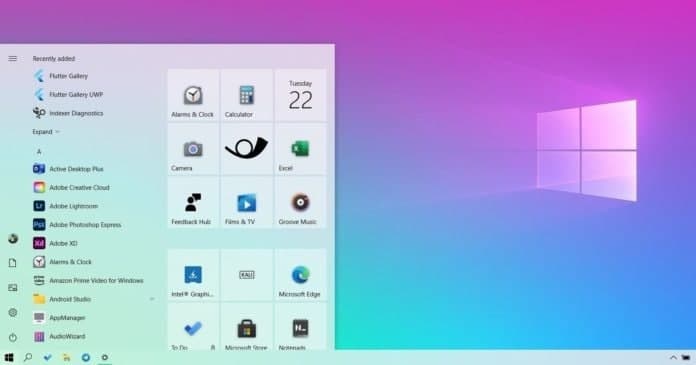
When the user chooses to apply the cumulative update package that is updated every month, the system will automatically install the servicing stack update, but in some cases, the servicing stack update will be accidentally skipped that may cause an update installation error.
Microsoft has confirmed that starting with the optional KB4601382 cumulative update 20H2 and 2004 versions in February 2021, the update process of Windows 10 has been improved and servicing stack updates (SSUs) will be included in the future regular cumulative updates.
Through the new update method, Microsoft finally solved a problem that a large number of users previously reported that the monthly update installation failed due to SSU errors.
This new method is expected to improve the reliability of Windows updates and reduce the number of bugs encountered during the monthly update installation.
Microsoft also pointed out that the first combined update includes general bug fixes and quality improvements to ensure a reliable service stack.
Windows 10 20H2 general bug fixes
In addition to SSU improvements, Microsoft also confirmed that this month’s optional update will fix the Windows Out-of-Box Experience (OOBE) problem (this problem occurs when users apply a major feature update).
Microsoft has also patched an issue affecting high dynamic range (HDR) displays and certain low-latency displays. But this update is optional, which means that users can freely choose to install or not.
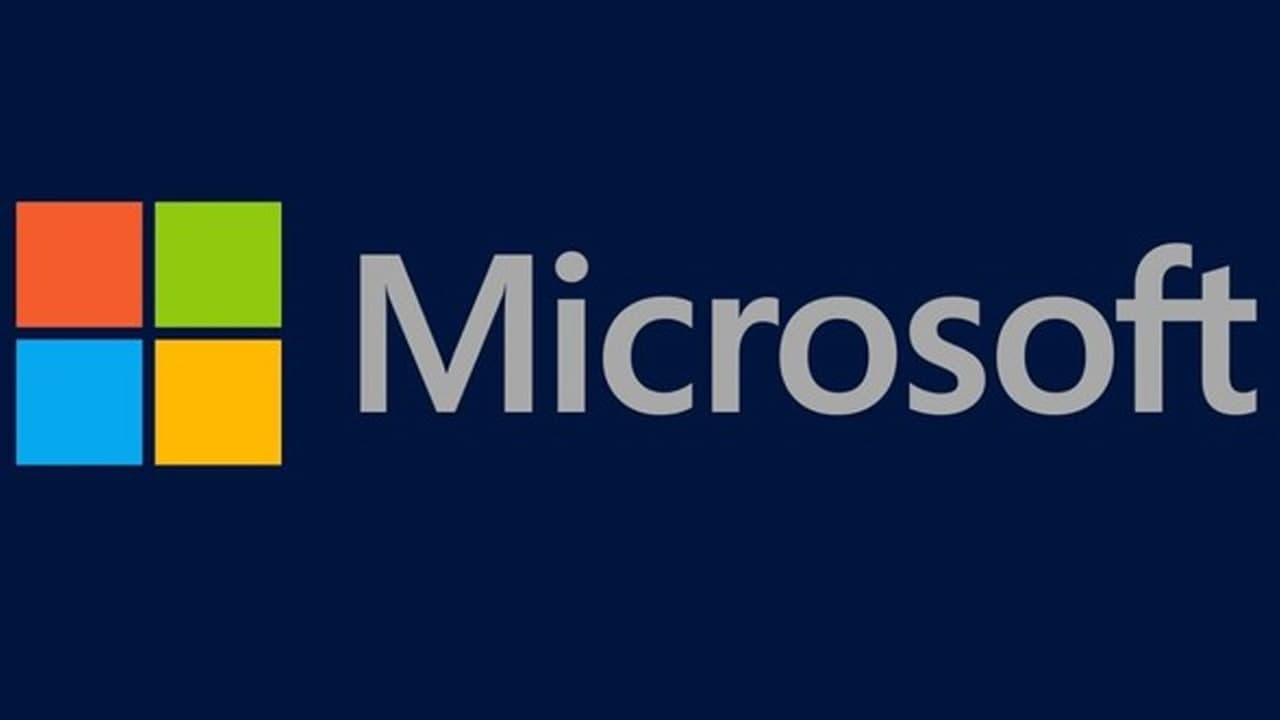
(Via)

